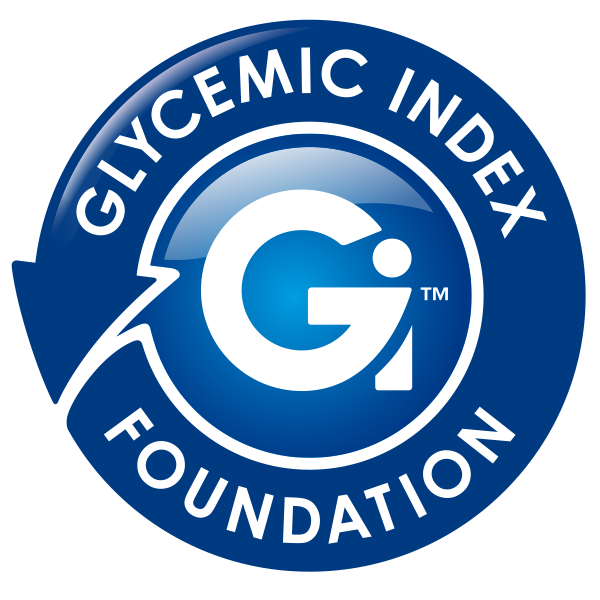Your blood glucose levels are a measure of the glucose in your bloodstream. It enters your bloodstream from eating carbs – either starches (e.g. potatoes and grains) or sugars (e.g. sucrose, lactose, fructose).
The good: Glucose is an important source of energy and a key fuel for your brain. When you eat good (low GI) carbohydrates, your blood glucose level will slowly rise and fall, providing sustained energy and helping you feel fuller for longer.
The bad: If you eat high GI carbohydrates, your blood glucose levels will spike and crash. Not only can this leave you feeling flat and trigger hunger but over time may lead to many negative health issues such as Type 2 diabetes, obesity, high blood pressure, stroke and heart disease.
How exactly does it work?
When you enjoy carbohydrates, glucose enters the bloodstream and your body releases insulin to direct the glucose to the right places to provide energy, promote cell growth, regulate metabolism.
Any glucose that is not immediately used is stored in the liver as glycogen. If your blood glucose levels drop, your liver then cleverly reconverts the stored glycogen into glucose and releases it into the bloodstream.
What about people with Type 2 diabetes?
For people with Type 2 diabetes, you can no longer produce enough insulin to allow glucose to do its job.
Why does it matter? According to Diabetes Australia –
- Diabetes is the leading cause of preventable blindness in the country
- There are more than 4,400 amputations in Australia every year as a result of diabetes
- Every year there are 10,000 hospital admissions in Australia for diabetes-related foot ulcers
- People with diabetes are between 2 and 4 times more likely to develop heart disease
Are you at risk of Type 2 diabetes?
Diabetes is the world’s fastest growing chronic disease. In fact, it is estimated by 2030 that more than 550 million of us will have diabetes.
Here in Australia, every five minutes someone develops diabetes. There are currently 1.1 million Australians living with Type 2 diabetes and an estimated 2 million at high risk of developing it, showing early signs of the condition.
To find out if you’re at risk of developing diabetes in the next five years, head to our new risk calculator. It is a simple 12 question quiz.
Regardless of your risk factor, you’ll receive free resources for living a healthy low GI lifestyle, which has been scientifically proven to help prevent Type 2 diabetes.



